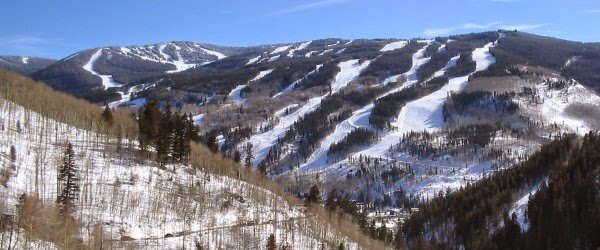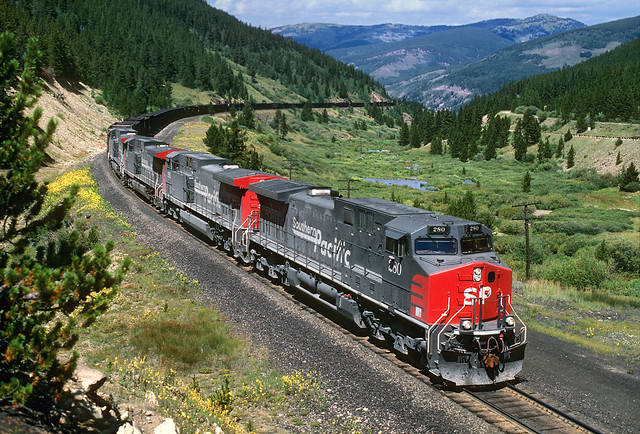Well, that didn't take long.
Proving that there is nothing new under the sun, the action announced on the 31st of December, 2020, Rio Grande Pacific To Lease Tennessee Pass Route, became the subject of at least two separate suits filed by lawyers whose interest in what's best for Colorado is dubious at best. The Union Pacific and Rio Grande Pacific most likely expected this knee-jerk reaction.
The Town of Avon and Eagle County have both agreed to split the cost of a challenge filed with the Surface Transportation Board (STB). Apparently, the occupants of the town and county are already convinced that the rails are mere days away from coursing with crude oil. The idea that the company doesn't want to haul crude and instead haul other freight and possibly provide a commuter service to towns along the line like the one they already conduct in Texas seems to fall on deaf ears.
The second suit comes in a January 8th filing with the STB. A corporation that was seeking to use the Tennessee Pass Route for their own purposes argued the STB should reject the Union Pacific's right to reactivate the line. That corporation is the similarly named Colorado Pacific Railroad, owned by eastern Colorado billionaire businessman Stefan Soloviev's KCVN, LLC. They are the owners of the Towner Line and most recently they failed to force UP to sell the Tennessee Pass route to them. They apparently have no corporate railroad presence on the web.The STB is limited in what it can and can't decide. According to the Colorado Sun,
Michael Booth, a spokesman for the Surface Transportation Board, said the board operates like a court, with strict parameters for approving or rejecting rail plans. The board’s goal is to insure [sic] rail traffic rolls smoothly and that competitive issues are resolved, Booth said. It doesn’t have a lot of leeway for rejecting plans by an operator who promises to fix up a critical corridor that has been neglected for decades.
“We have limited jurisdiction to decide economic regulatory affairs,” Booth said. “The board’s concern is mainly, ‘Does the line serve a public purpose?’”
The Colorado Sun article continues,
Before trains roll over Tennessee Pass, there will be much more review and studies by a host of local, state and regional authorities, including the Forest Service and Colorado Department of Transportation. The transportation board is a first step in what will be a long process.
The length of time reactivating this line is something that all parties must be prepared for. It is going to take some time to understand what activating the line means and doesn't mean for everyone involved. Pueblo alone will find its future a little brighter by becoming a junction again and not merely a stop on the Front Range.
More importantly, if the Tennessee Pass route is rehabilitated, it will be updated and upgraded with Positive Train Control, a much safer means of controlling rail movements than the CTC-based approach that was in place in 1997 when the line was inactivated.⚒





























